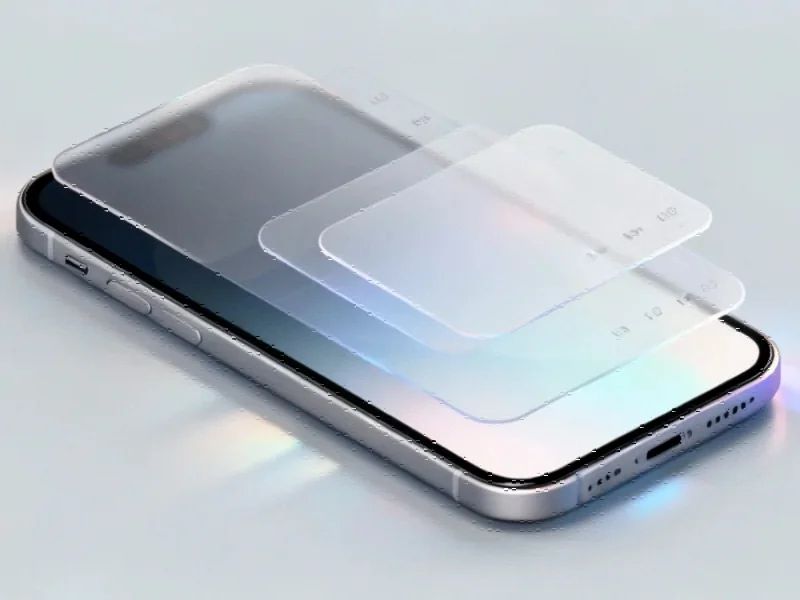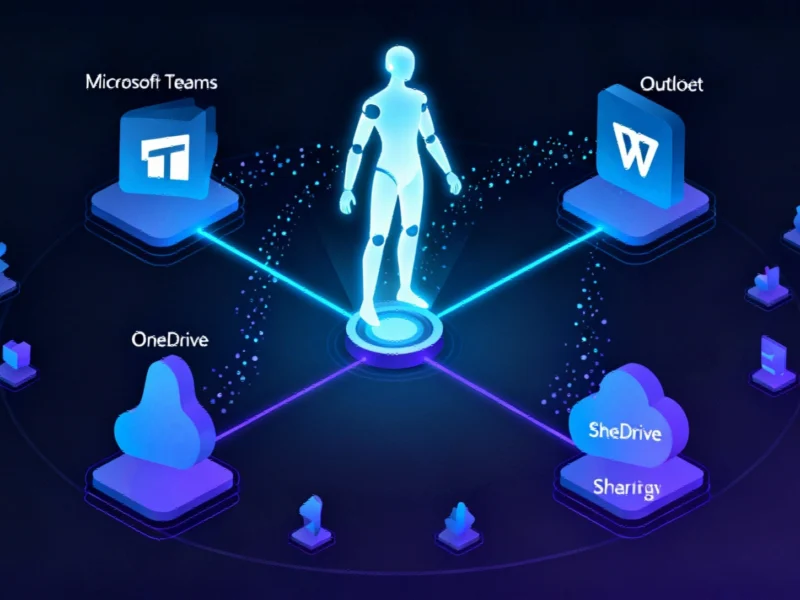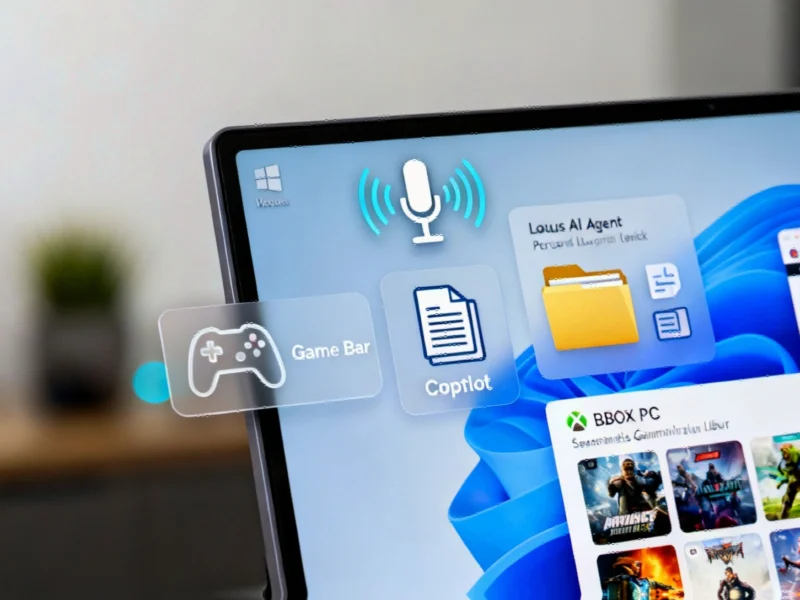iOS 26.1 Beta 4 Introduces Design Flexibility
Apple’s latest software update brings a significant change for users who found the company’s Liquid Glass design too transparent. The newly released iOS 26.1 beta 4 introduces a setting that allows users to tone down the transparency that has characterized the interface since iOS 26’s initial release. This change represents Apple’s responsiveness to user feedback about visual preferences and accessibility needs.
The Liquid Glass design, which debuted with iOS 26 and extended to iPadOS 26 and macOS 26, introduced a fluid, translucent aesthetic throughout Apple’s operating systems. While many users appreciated the modern look, others found the transparency distracting or difficult to read in certain lighting conditions. This new option addresses those concerns while maintaining the design’s fundamental character.
How to Access the New Setting
Users can find the opacity control in different locations depending on their device. On iPhone and iPad, navigate to Settings > Display & Brightness, where the new option appears as a binary choice between the original Liquid Glass appearance and the new tinted version. Mac users will find the setting in System Settings under the Appearance menu.
The setting functions as a simple toggle rather than a graduated slider, offering two distinct visual experiences. When selected, the tinted option increases opacity throughout the interface and adds contrast, making elements more distinct while preserving the Liquid Glass aesthetic. This change affects Apple’s native applications and system interfaces across all compatible devices.
Enhanced Lock Screen Experience
For iPhone and iPad users specifically, the new setting brings an additional benefit to the Lock Screen. Notifications appear with increased opacity, improving readability while maintaining the distinctive Liquid Glass appearance. This enhancement addresses one of the most common areas where users reported visibility issues with the original design.
These interface adjustments reflect Apple’s ongoing commitment to balancing aesthetic innovation with practical usability. As with other industry developments in operating system design, Apple appears to be listening carefully to user experience feedback.
Availability and Release Timeline
The new setting is currently available in iOS 26.1 beta 4, iPadOS 26.1 beta 4, and macOS 26.1 beta 4, all of which were released to developers recently. A public beta is expected to follow later this week, giving more users the opportunity to test the feature before the final release.
This development comes amid broader recent technology trends where operating system developers are providing more customization options to accommodate diverse user preferences. Apple’s approach mirrors similar flexibility seen in competing platforms.
Design Evolution Through Beta Testing
The Liquid Glass design has undergone significant evolution since its introduction. During the iOS 26 beta testing period over the summer, Apple experimented with various levels of transparency and opacity. iOS 26.1 beta 3 notably introduced dramatic changes that increased opacity throughout the interface, but Apple ultimately reverted to a more transparent design for the final release.
This back-and-forth demonstrates Apple’s careful consideration of design principles and user feedback. The company’s decision to provide an option rather than mandating a single appearance reflects an understanding that visual preferences vary among users. These market trends toward user customization are becoming increasingly common across the technology sector.
Security and Stability Considerations
While focusing on visual design improvements, Apple continues to prioritize system security and stability. The latest beta releases include underlying security enhancements that complement the visible design changes. This balanced approach ensures that aesthetic improvements don’t come at the expense of system integrity.
This comprehensive strategy aligns with broader related innovations in operating system development, where interface design and security measures advance together. Users can expect both visual refinement and protection against emerging threats.
Looking Forward
The introduction of this opacity control suggests Apple may continue to expand customization options in future updates. As detailed in our priority coverage, this development represents a significant shift in Apple’s design philosophy, moving toward greater user control over visual experiences.
Industry observers will be watching to see how users respond to this new flexibility and whether Apple extends similar customization options to other aspects of its operating systems. The company’s willingness to adjust its signature design language based on user feedback could signal a new approach to software development that balances artistic vision with practical user needs.
What are your thoughts on Apple’s decision to provide more design customization? Does this increased flexibility enhance your experience with Apple devices, or do you prefer when the company maintains stricter design control? Share your perspective in the comments below.
This article aggregates information from publicly available sources. All trademarks and copyrights belong to their respective owners.
Note: Featured image is for illustrative purposes only and does not represent any specific product, service, or entity mentioned in this article.



